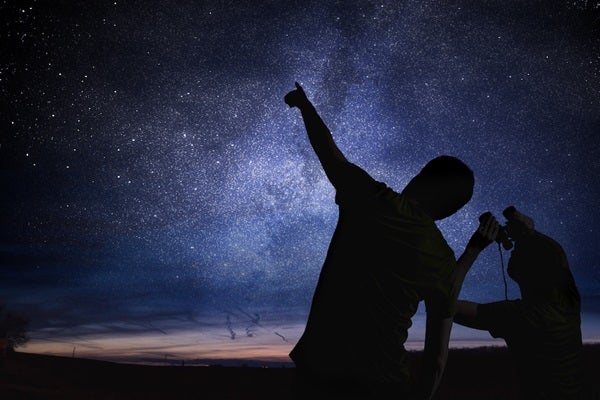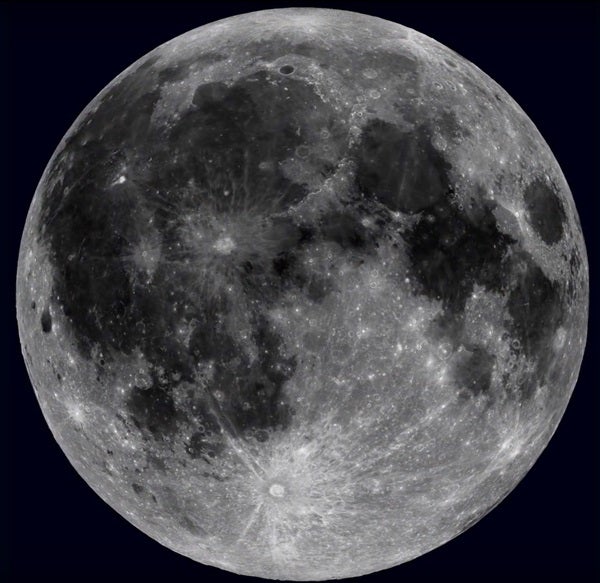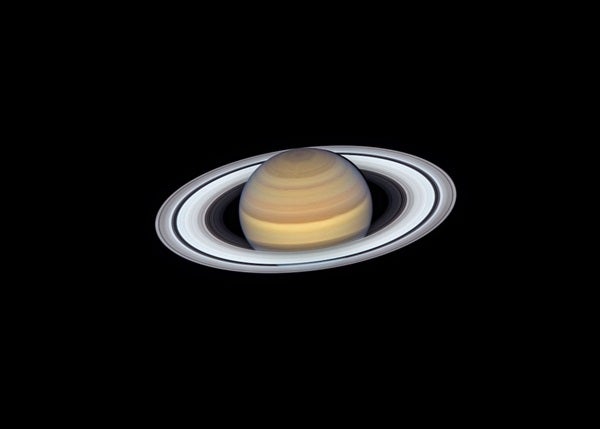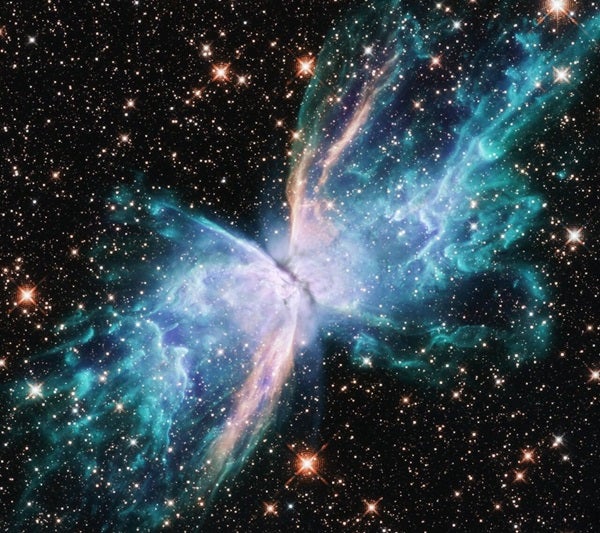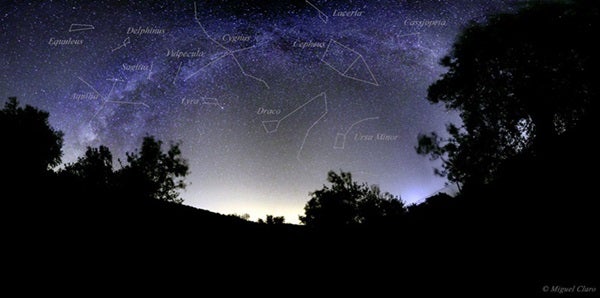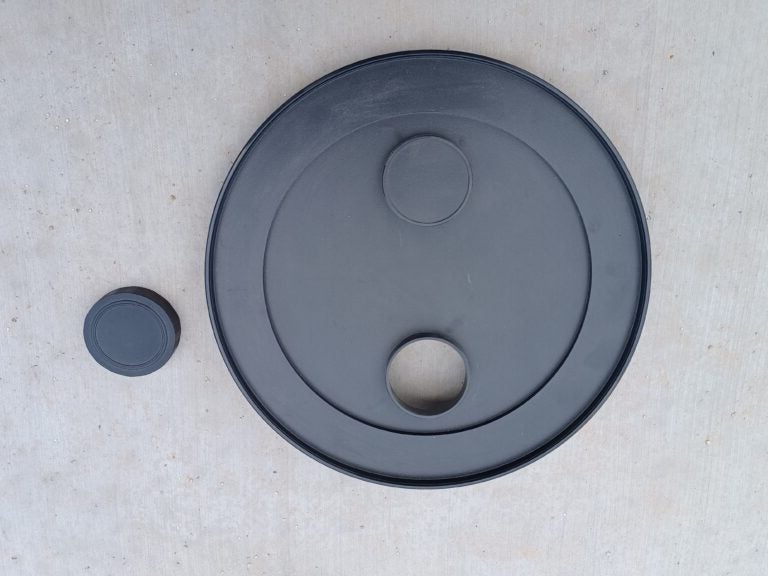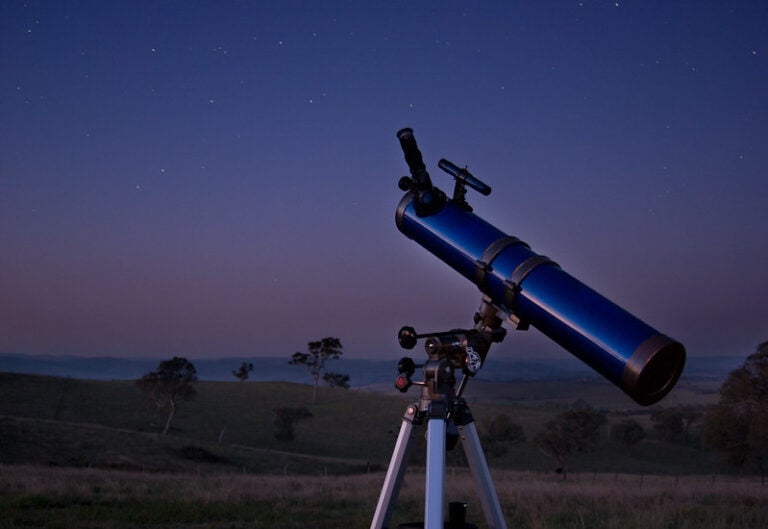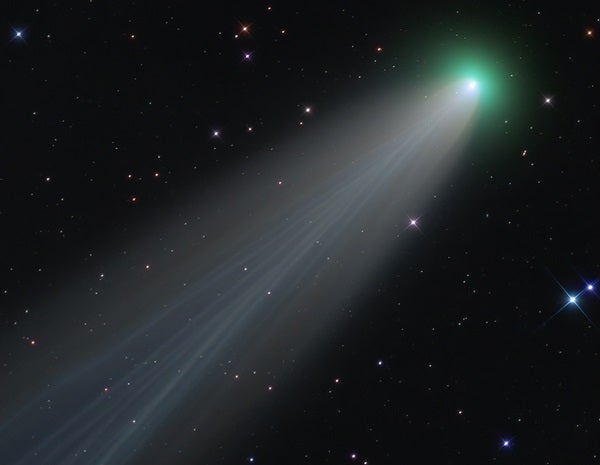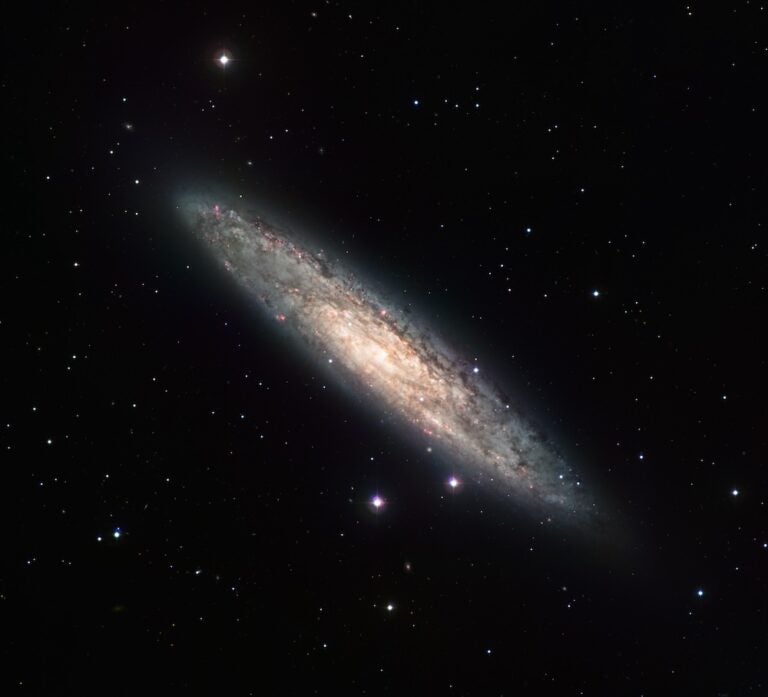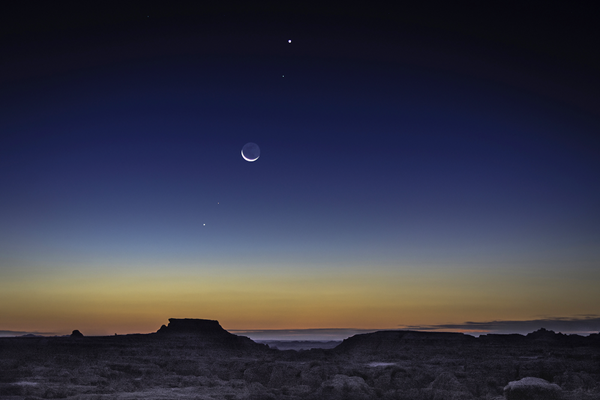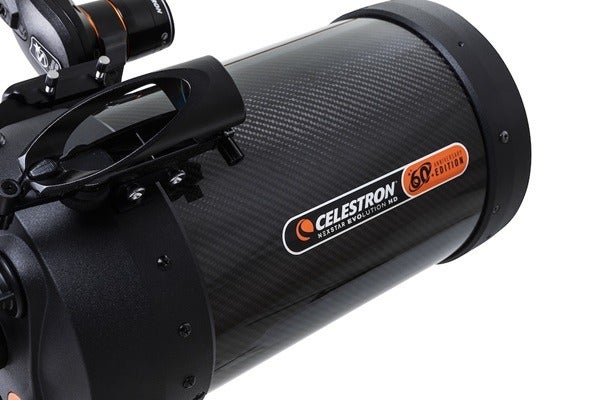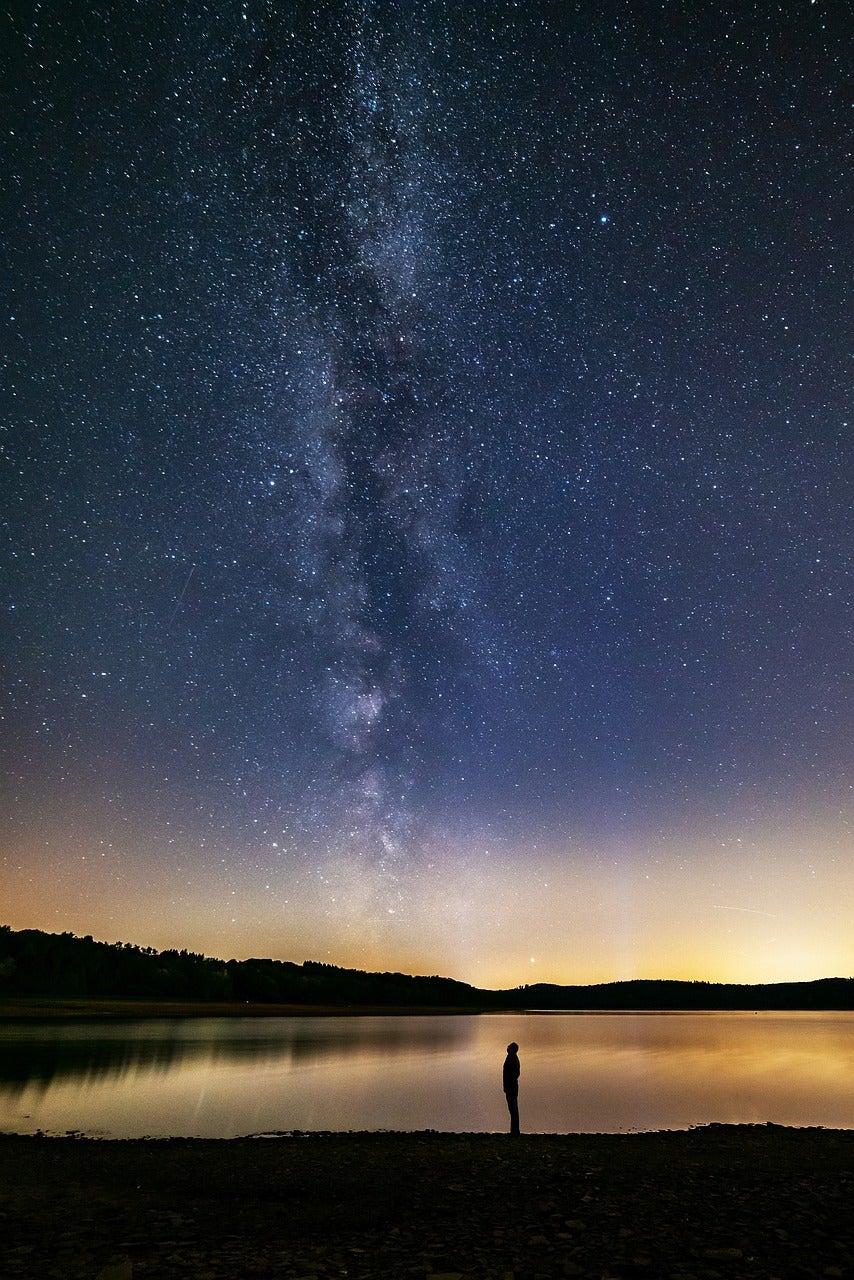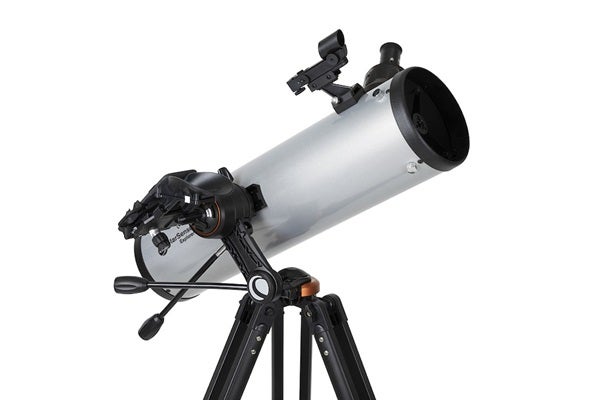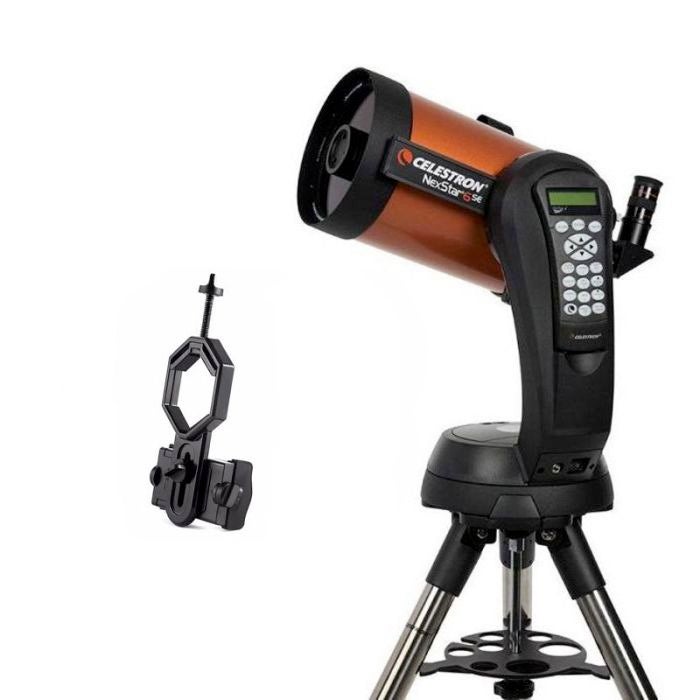Observing the heavens is an adventure that everyone in the family can enjoy. All you have to do is bundle up, head out under the night sky, and look up. That’s your next vacation destination: the universe!
Binoculars and telescopes
Just like any trip away from home, you’ll need a reliable vehicle to get you to your cosmic destination. But this vehicle doesn’t rely on gas. It relies on lenses.
When choosing observing equipment, consider binoculars as a first step. Using both eyes is much more natural, making it easier to aim skyward. My podcast, Intro to Binoculars, discusses the art of binocular observing, as does this YouTube video by creator rcordivari.
Binoculars are often a less intimidating option for newbie observers and that’s partly because there are so many choices for a family telescope that it can be difficult to know where to begin. Fortunately, Astronomy’s Telescopes 101 offers some excellent general advice on what to know before buying your first telescope. For specific suggestions, make sure to peruse our many detailed product reviews.
What to look for
With your new family binoculars or telescope, the next step is deciding on the best night to try it out. You certainly don’t have to stay up all evening to have a good time looking up at the sky, but you’ll likely want to pencil in a nap earlier in the day, especially if you have young children.
Finally, you’ll need to decide what objects to target.
The Moon
Let’s begin with the most obvious object: the Moon. Even from the brightest cities, the Moon dominates the night sky. And if you simply follow these 10 tips for observing the Moon, you’ll already be well on your way.
On the next moonlit night, gather your family outside and gaze toward Luna without optical aid. Even with our naked eyes, we immediately notice the Moon has both dark and bright patches. Owing to tradition, the dark areas are referred to as maria, Latin for “seas,” which is what pre-telescopic astronomers thought they were. Conversely, the light areas are called highlands. For extra fun, try using a Moon map to identify the maria and highlands you see. There are six printable maps available on astronomy.com, just make sure to choose the phase that’s right for the night. (On these maps, east is on the left and south is up.)
It’s also exciting to locate the six Apollo landing sites. This helps you and your loved ones relive (or experience for the first time) the magic of humanity’s first step into the universe. Start with Apollo 11’s Tranquility Base, along the western (left) edge of Mare Tranquillitatis, before making your way across to Apollo 17’s site near the eastern (right) edge of Mare Serenitatis. For plenty more detail and targets, check out Astronomy’s guide, Target Apollo landing sites. This will help you whisk your family away to each historic lunar site.
The solar system
In addition to the Moon, bright planets are always a wonder to target through telescopes. Each world is unique. Whether it’s Jupiter’s raging Great Red Spot, belted atmosphere, and four Galilean moons; Saturn’s mesmerizing ring system; or Venus’s stunning phases — the planets offer a never-ending show. For a comprehensive overview of each planet, check out: How to observe the planets with a telescope.
Watching a meteor shower is another activity that all members of the family can enjoy, young and old alike. All that’s needed are a clear sky with a good view in the direction of the shower’s radiant (the point in the sky where the meteors appear to spray out from), a comfortable chaise lounge, and maybe a blanket or sleeping bag to stay warm. The best showers are the Perseids in August and the Geminids in December, but there are many others throughout the year that are still worth watching. To learn more about these annual events, see: Meteors and meteor showers.
Deep-sky objects
Beyond our solar system, scattered among the distant stars, are an amazing array of deep-sky objects: star clusters, nebulae, and galaxies, to name a few. Some are easy to find, while others are challenging.
Our guide, The deep sky, not only explains the different types of objects awaiting your visit, it also offers a list of the best ones visible across the sky. Start with the brightest that are up tonight and then expand to find as many you can from your location. Have everybody look at each and discuss the similarities and differences you all see. You might be surprised at how differently various observers see the same target.
To find your way to these wonders, though, you’ll need a map. Use Astronomy StarDome interactive star chart to located and plot your favorite constellations, planets, deep-sky objects, and more.
The naked-eye sky
The stars that you see on clear nights are the same stars our ancient ancestors saw before recorded history. The patterns our forebearers drew among those stars — representing things, creatures, or beings that they wanted to memorialize for future generations — are the basis for our modern-day constellations.
Identifying those constellations is a traditional first step for many new stargazers. And you can use Learn the constellations as your tourist guide for your journey.
If you have young children, why not also let them make up their own constellations by playing connect-the-dots with the stars? Gather your family together and see who can come up with the most creative patterns. Of course, you and your family may already know some familiar figures in the sky, like the Big Dipper or maybe Orion the Hunter. But forget them all. Create your own patterns. Some may be small, while others may span the entire sky. Tell everyone to let their imaginations run wild. Nothing is too out-of-this-world, and anyway, that’s just imitating what our ancestors did.
The sky charts that appear every month in Astronomy magazine represent the sky as seen in that month’s evening sky. But what if you are an early riser? Stars are still visible at 4 A.M., so to identify those, many stargazers use planispheres. A planisphere is essentially an “adjustable” star chart that can be set to match the exact month, day, and hour when you’re observing the sky.
You can purchase many well designed planispheres from large local bookstores and museum gift shops, as well as online retailers. But if you are looking for a fun daytime family project that can be used the very same night, why not make your own? Several web sites offer printable templates. My favorite, both for its high-quality graphics and simple instructions, is Uncle Al’s Star Wheel from the Lawrence Hall of Science. Just make sure to print the patterns on heavy cardstock for best results.
To learn about what stars are made of, astronomers use special instruments attached to telescopes called spectroscopes. And it’s easy to make a homemade spectroscope too! While not designed to examine stars, they can be used to analyze sources of light here on Earth. To make yours, follow the instructions on the sci-toys.com website. When complete, use it to survey different types of lights around your home and neighborhood. You will discover, for instance, that incandescent lights will display different spectra than fluorescent bulbs.
Your itinerary is set. Now, it’s time to pack your virtual bags and set out on your family staycation to the stars. The universe awaits. Bon voyage!

